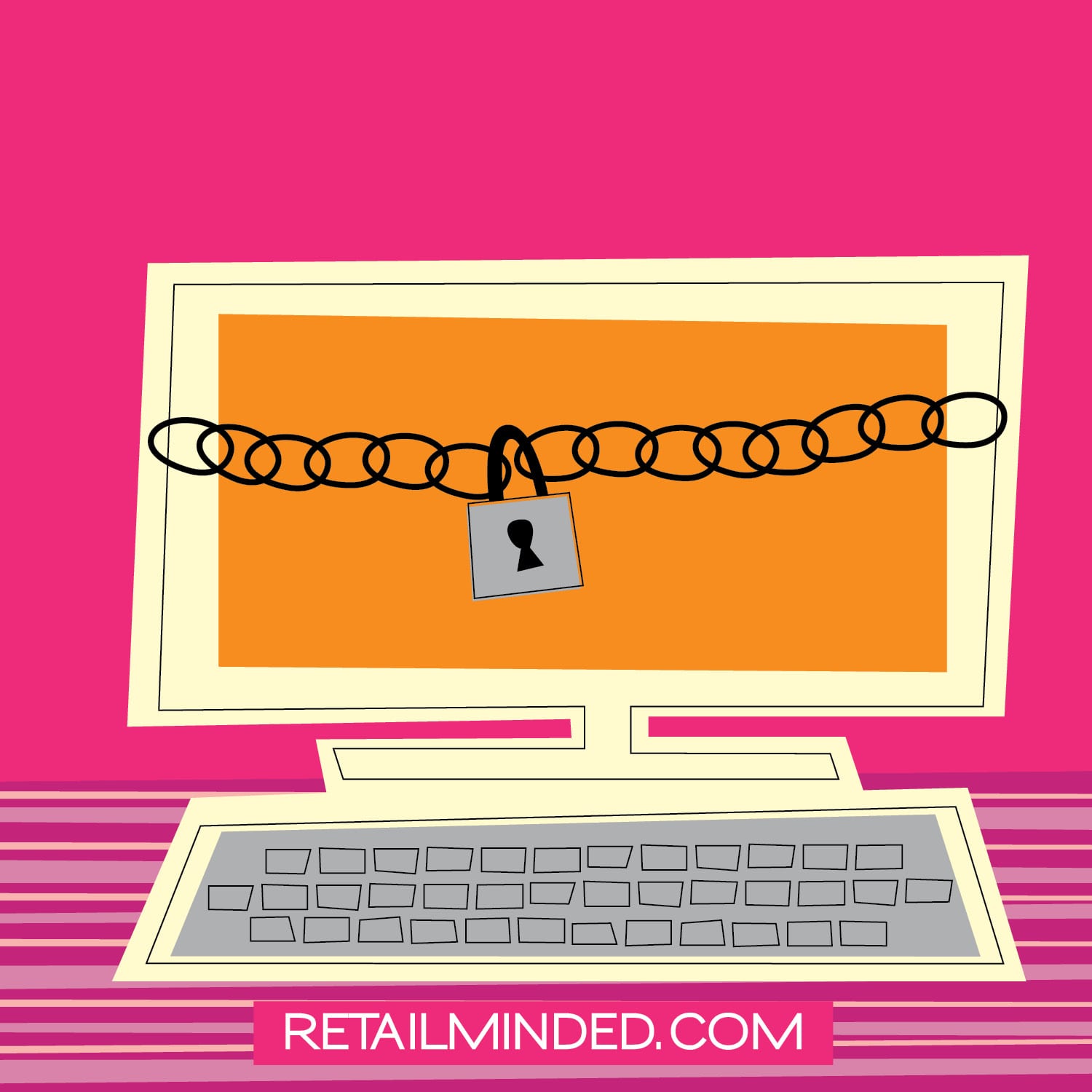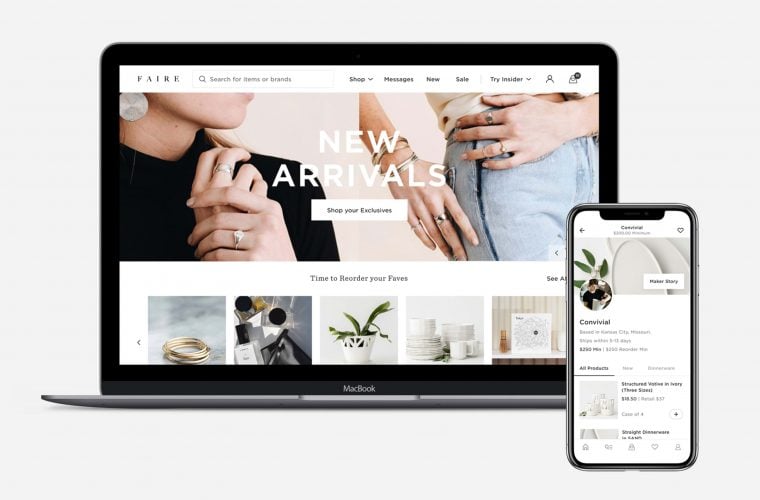
Point of Sale Trends to Consider This Summer
Point-of-sale systems have made life much easier for retail owners in an increasingly fast-paced economy. As this summer gets into full swing, PoS developers continue to improve their software to perform even more functions. Take a look at some of the ways you can incorporate the latest advancements into your store.
Trends to Take Advantage Of
If there’s anything customers value, it’s time. Mobile PoS systems make it easier for shoppers to select and pay for their purchases via the sale software on an employee’s tablet. Skipping the cash register line altogether is a dream come true for the time-crunched consumer. It saves your business time as well, enabling you to find relevant data on your inventory and the patron’s own shopping history straight from your all-purpose device.
You don’t even have to be a massive, cutting-edge household name to get in on this trend. New systems (like TouchSuite’s Firefly and Ingenico’s smart tabletPoS) are designed specifically for small businesses, so they can start reaping the rewards of state-of-the-art sales software with mobile compatibility.
Other useful trends that empower the customer while predicting sales include iBeacons and shopping-enabled social media. While these are not PoS systems, they work to bring more shoppers through your door. Beacons send mobile notifications (such as announcements of discounts) when customers are nearby, and social apps help shoppers keep track of where they can get the items on their wish lists through omnichannel integration.
Mobile PoS is currently a noticeable trend in tech-focused stores, but it’s picking up steam as a viable checkout method in the retail industry. Not only do such innovations save time, they are also better than older payment methods at securing monetary info from data thieves.
Mistakes from 2014 to Avoid
As with any new venture, mobile PoS has had some stumbles to overcome. The major concern in 2014 was the security of the new software. PoS-focused malware is nothing new, but the prevalence of the Backoff malware family has proved just how important it is to make sure that newer technology is armored against data invasion.
Therefore, the biggest mistake from 2014 that forward-thinking retailers will wish to avoid is that of underestimating malware developers. With evolving software gaining the ability to compromise cloud data and overcome two-factor authentication, retailers should never get too comfortable with their existing security systems. Just like technology itself, the measures protecting that technology can always be improved.
Problems to be aware of include phishing attacks, software that hasn’t been updated recently, and disgruntled employees who know their way around a computer. Not only your own security, but that of your PoS vendor, is crucial to keeping your customers’ data safe. A highly recommended defensive strategy is to whitelist your system, only permitting it to perform certain functions instead of running the full range of programs it’s capable of. For more detailed security measures you can take, it would be wise to discuss your options with a reputable computer security consultant.
The good news is that it is relatively easier for smaller businesses to stay ahead of the security curve. While national corporations may seem impenetrable because of their sheer size and positions of leadership, last year’s Target breach showed otherwise. The security advantages of being an SMB include a closer connection with your IT professionals, faster PCI compliance, and fewer obstacles to an across-the-board software upgrade. All of these make it harder for hackers to keep up with you than with larger companies, whose technological progress is often lumbering by comparison.
Different Formats to Accomplish Your Marketing Objectives
You may not have the budget to accomplish the impressive technological feats of Nike and Burberry, but you can be a part of the future of retail nonetheless. Converting your operations to mobile and managing your inventory that way is only going to get easier. As businesses prepare to accept contactless payment alongside traditional magnetic cards, in the famous EMV liability shift, this may be the best time to implement upgrades that will put you ahead of the competition.
If you run a high-traffic boutique, the right system will help you build an important reputation for having fast and competent service. In time-consuming industries like hairdressing or furniture shopping, the convenience of your system will add value to your clients’ lives and justify their choice to patronize your business.
If you have already implemented the latest PoS technology in your business, how has it affected your everyday proceedings? If you’re still researching and observing the impact of these trends on others, what considerations would you like to have met before you commit to a system? Share your thoughts below!
Contributed by Katherine Halek, the Content Strategist at Signazon.com, a leading online printer that works with thousands of small businesses around the country. Katherine enjoys writing about retail, marketing, and entrepreneurship. Connect with her on Google+.














